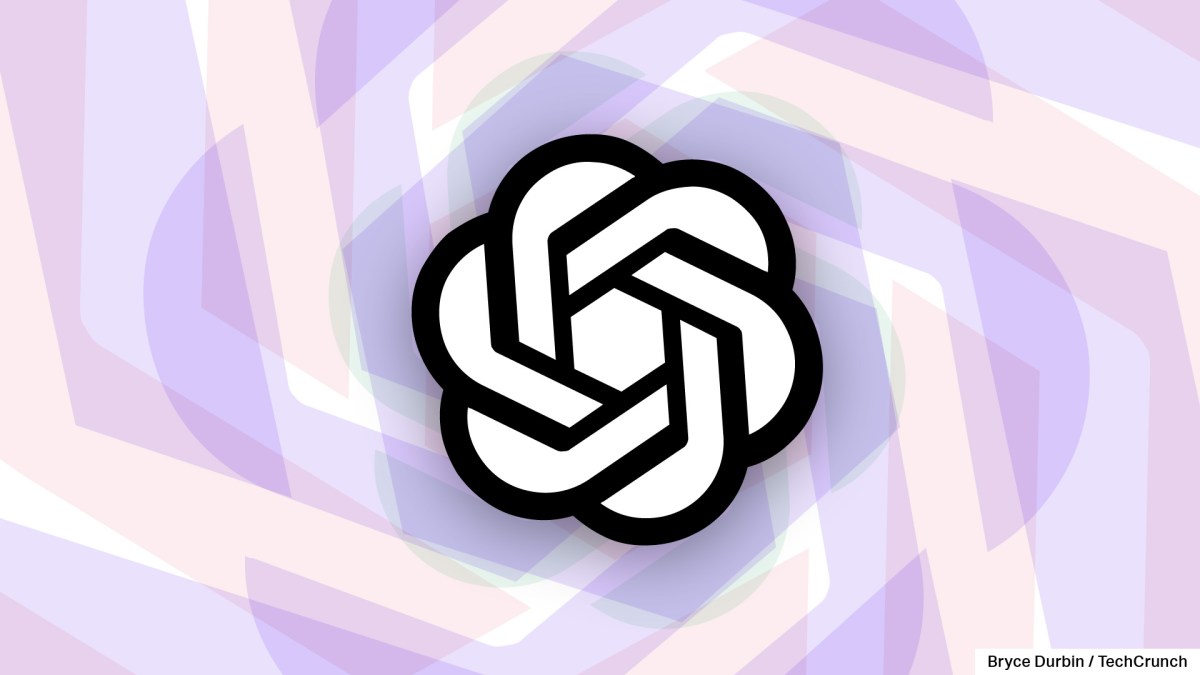OpenAI Releases Enhanced Image Generator for Developers

OpenAI Introduces Image Generation API
OpenAI recently announced the integration of its advanced image generation feature into its API, allowing developers to incorporate this technology into their applications and services. This new capability is an enhancement of the image generation tool that had gained popularity among ChatGPT users since its release in late March.
Viral Success of OpenAI’s Image Generator
OpenAI’s image generator quickly went viral, known for creating visually stunning images in various styles, including the beloved Ghibli aesthetic. The tool also gained attention for generating unique AI art pieces, such as action figures, sparking interest across social media platforms. This surge in popularity resulted in over 130 million users signing up for ChatGPT, with users producing a staggering 700 million images within the first week of its launch.
Features of the gpt-image-1 Model
At the core of OpenAI’s new image generation feature is the gpt-image-1 model. This model is designed to be multimodal, meaning it can create images in a wide range of styles, adhere to custom guidelines, and incorporate knowledge about the world. Here are some features of the gpt-image-1 model:
- Multiple Image Generation: Developers have the ability to generate several images simultaneously, enhancing the efficiency of content creation.
- Quality Control: Users can manage the quality and speed of the generation process, allowing for flexibility based on their needs.
Safeguards and Moderation Controls
OpenAI has incorporated a set of safety measures into the gpt-image-1 model. These safety guardrails ensure that the generated content adheres to the company’s ethical standards. Key features include:
- Content Moderation Sensitivity: Developers can adjust the moderation settings to "auto" for standard filtering or "low" for a more lenient approach to content moderation. The low setting allows for the generation of fewer categories of potentially sensitive material.
- Watermarking: Every image produced using gpt-image-1 is labeled with C2PA metadata. This watermarking allows supported platforms and applications to identify and disclose that the images are AI-generated.
Pricing Structure
The cost of using the gpt-image-1 model is structured based on the number of tokens processed. Token pricing is as follows:
- Text: $5 per million input tokens
- Images: $10 per million input tokens and $40 per million output tokens
This pricing translates to approximately 2 cents for low-quality images, 7 cents for medium-quality, and 19 cents for high-quality square images, making it a scalable option for businesses and developers.
Adoption by Various Businesses
Several companies are already utilizing or testing the gpt-image-1 technology. Prominent names include:
- Adobe
- Airtable
- Wix
- Instacart
- GoDaddy
- Canva
- Figma
For instance, Figma’s design platform has integrated the gpt-image-1 feature, allowing users to create and edit images directly within their workflow. Similarly, Instacart is experimenting with the model for generating images related to recipes and shopping lists, demonstrating the broad applicability of OpenAI’s image generation capabilities across different industries.
With the launch of the gpt-image-1 model within the API, OpenAI is positioning itself at the forefront of AI-driven creative solutions, offering developers a powerful tool to innovate and enhance user experiences in their applications.






